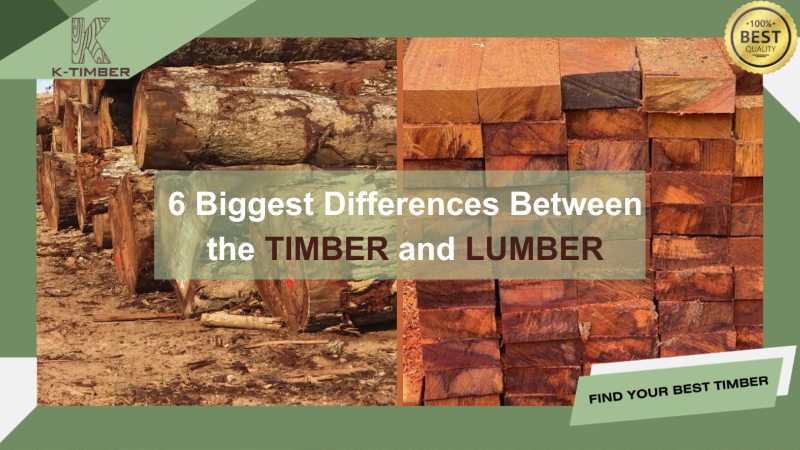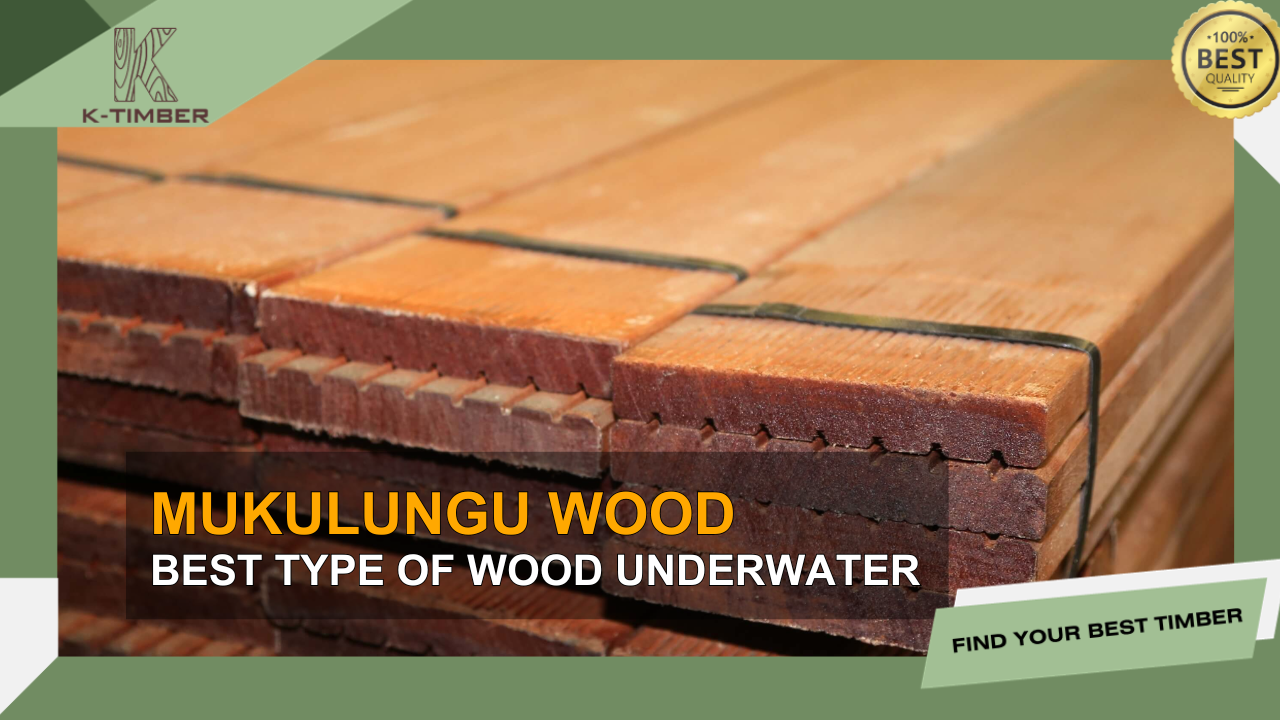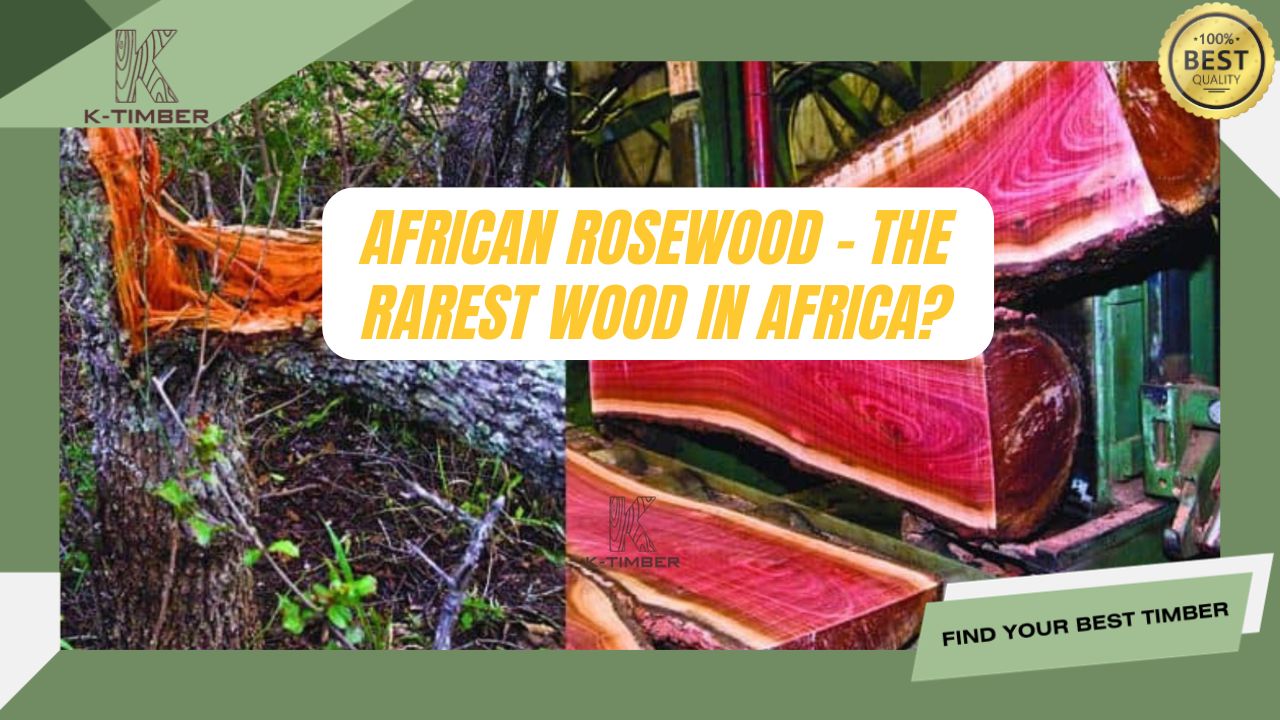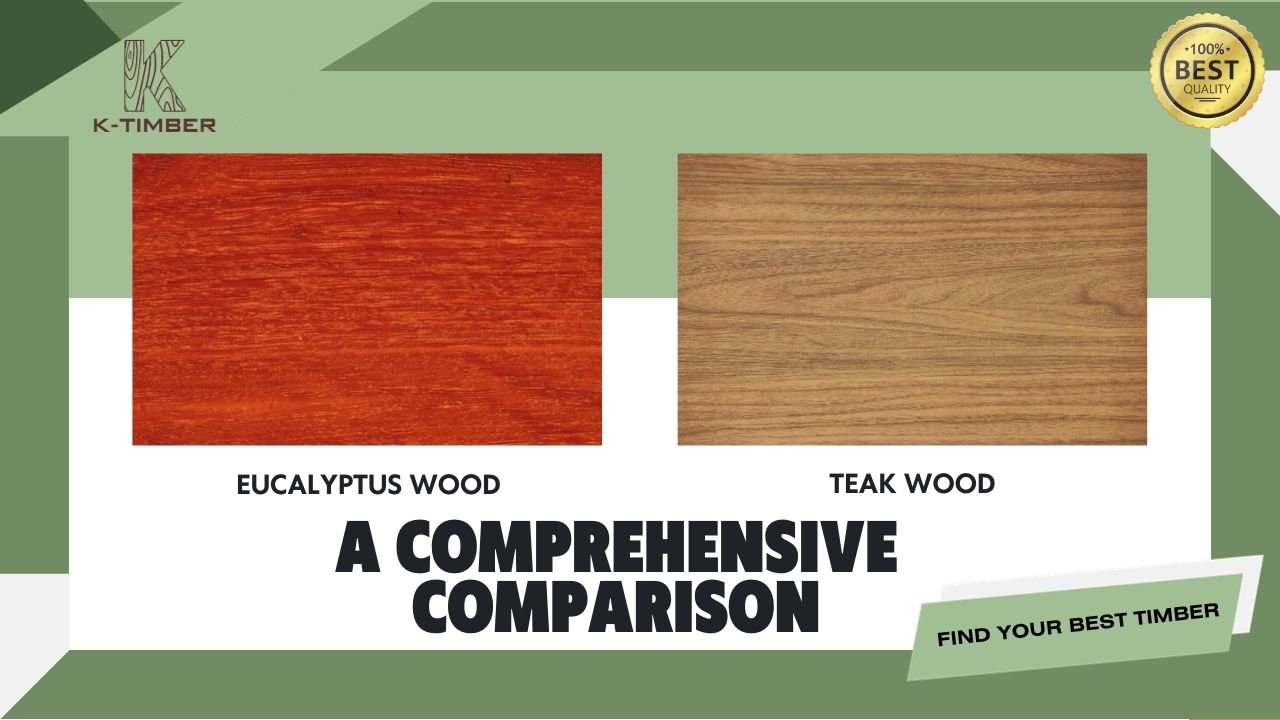When deciding on the best woodworking product for our project, many of us are concerned about the cost of the wood. Normally, we aim for woods that may provide excellent qualities at a reasonable cost. However there are still people who want to seek premium wood species to use in the production of high-end home or office furniture as well as expensive flooring.
And when it comes to the most expensive woods, not only do they have an unique appearance but themselves also boast superior qualities in durability, and workability.

Table of Contents
What Makes Some Woods More Expensive Than Others
The price of wood is influenced by a complex combination of factors including rarity, quality, origin, sustainability, processing, and market demand.
Like Mahogany and Black Walnut, with its slow growing to reach maturity, this can lead to the price of these species becoming more expensive due to limited availability. Woods with unique aesthetics, high durability, and good workability are also valued higher.
Additional processing, such as seasoning, kiln drying, and special treatments is also one of the factors for further increased costs.
Lastly, market demand plays a crucial role, with popular and in-demand woods, especially those used for specialty purposes like furniture and musical instruments, the purchasing cost can be pushed higher than others.
Now that you can briefly understand the factors that drove the wood prices, let’s unveil the top 10 wood species that are most expensive on the planet.
The Top 10 Most Expensive Wood Species
NB: The prices for each wood fluctuates given the current market, and the prices reflected here were accurate as of the date of publishing.
1. African Blackwood

African Blackwood, also known as Mpingo, is revered for its deep, rich color and exceptional density. Native to the savannas of Central and Southern Africa, this wood is incredibly durable and has a fine, even grain, making it a favorite for high-quality musical instruments and luxury furniture.
With its price around $10,000 per cubic meter, African blackwood is a true gem in the world of fine woodworking. However, it is now an endangered species classified as a flowering plant. For one African Blackwood tree to reach its maturity, it can take up to 60 years.
2. Pink Ivory
Pink Ivory, also known as Red Ivorywood, is a rare African hardwood that boasts a striking pink to reddish hue. Found only in a small region of South Africa and Zimbabwe, this unique timber is highly sought after for intricate inlays, veneers, and turning projects.

Prices can range approximately from $8,000 per cubic meter, making it one of the costliest woods available. Its scarcity and limited supply have driven prices to soar, with premium quality pieces commanding top dollar from collectors and high-end furniture makers.
3. Agarwood

Agarwood, also known as Oud, is a dark resinous heartwood formed in Aquilaria trees. With the price can up to $100,000 per kilogram for high-quality resin, Agarwood is a true icon in the world of luxury woods.
It is highly valued for its distinctive fragrance, which is used in high-end perfumes, incense and traditional medicine. Agarwood’s scarcity and the arduous process of harvesting and grading the resin-infused heartwood make it one of the most valuable natural materials on Earth. This staggering cost is also driven by the wood’s rarity, as well as the growing demand from affluent consumers in the Middle East and Asia.
4. Sandalwood
For thousands of years, sandalwood has been revered for its warm, earthy aroma and beautiful golden hues. Due to its diminishing supply and high demand, high-quality sandalwood can cost upwards of $25,000 per ton.

Sandalwood’s allure lies in its fine, even grain and natural oils make it a favorite among woodcarvers and turners, who prefer intricate details and a smooth finish. Additionally, sandalwood’s cultural significance in various religious and spiritual traditions has fueled demand, contributing to its astronomical pricing.
5. Ebony

Around $10,000 per cubic meter, Ebony is one of the most prized and expensive woods in the world, renowned for its deep black color and exceptional hardness. While there are several species of ebony, the most valuable variety is the true ebony or Diospyros crassiflora, found in parts of Africa and Asia.
Prized for centuries for its striking appearance and durability, ebony has been used for making fine furniture, musical instruments. Ebony is one of the heaviest and most dense woods, with a specific gravity up to twice that of oak. With slow growth rates and increasing habitat loss, quality ebony has become exceedingly scarce and expensive.
6. Lignum Vitae
Known as the “tree of life,” Lignum Vitae is revered as one of the most dense and durable woods in the world. With a density up to 1.3 times greater than water, lignum vitae is often said to be one of the only woods that will sink. For centuries, lignum vitae’s self-lubricating qualities made it indispensable for marine applications like stern bearings and bushings.
While not as rare as some other exotic woods, lignum vitae’s density and durability still command premium prices on the lumber market. With its price starting from $5,000 per cubic meter.
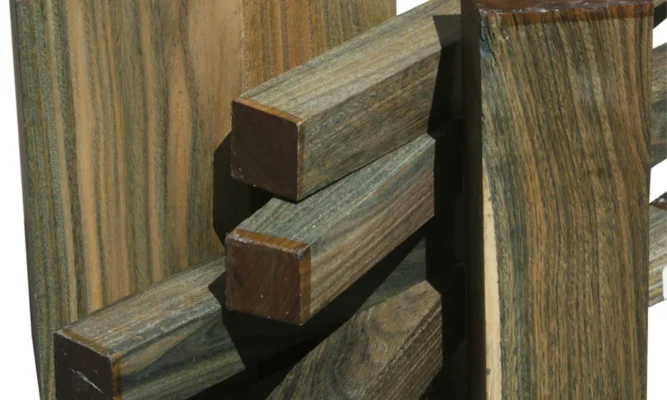
7. Brazilian Rosewood
Regarded as the “king” of rosewoods, Brazilian rosewood is a true icon in the world of fine tone woods and exotic lumber. Commonly used in guitars and pianos, the wood is remarkably stiff yet low in density, allowing it to project a rich, warm tone with excellent sustain.
Brazilian Rosewood can cost up to $17,000 per cubic meter. The species remains one of the most expensive woods whenever legal salvaged or reclaimed stock appears.

8. Purpleheart

Sourced from the rainforests of Central and South America, Purpleheart stands out with its striking violet-purple hue. It ranks as one of the hardest woods in the world, surpassing many varieties of oak and maple.
With prices starting from $1,200 per cubic meter, the exceptional density has made purpleheart a preferred timber for exterior projects like decking, outdoor furniture, and boat construction where weathering is a concern.
9. Snakewood
The reason Snakewood ranks among the most elite luxury woods is the rarity of these burl growths and their exotic, mesmerizing patterns. With burls may be found on each tree, displaying a seemingly infinite array of rich browns, gold, amber, and black striations resembling snake or reptilian skins.
Due to overexploitation and strict CITES protections, legally harvested and traded snakewood has become exceedingly scarce. Premium snakewood can exceed $2,500 per cubic meter.

10. Bubinga
Hailing from the tropical rainforests of central Africa, bubinga wood has become a modern favorite among woodworkers, furniture makers, and guitar builders. The grain of bubinga can vary from straight and uniform to wildly varied figures including stripes, spidery landscapes, and even a “waterfall” motility in some boards.

For acoustics and musical instruments, Bubinga has become a popular alternative tonewood to Brazilian rosewood. While not as scarce as woods like African blackwood, Bubinga’s popularity has steadily driven up prices in recent decades. Premium transparent Bubinga lumber can sell for $1,800 per cubic meter at times.
In conclusion, despite these astronomical pricing, the listed exotic timbers represent the absolute pinnacle of luxury in woodworking and fine craftsmanship. While some of these precious woods face threats from over-harvesting and habitat loss, organizations like CITES and conservation groups work to ensure sustainable management and legal trade of these invaluable species.
At K-Timber, we supply a wide range of high quality Angola timber, if you have interest and would like to know more information, visit our website!





